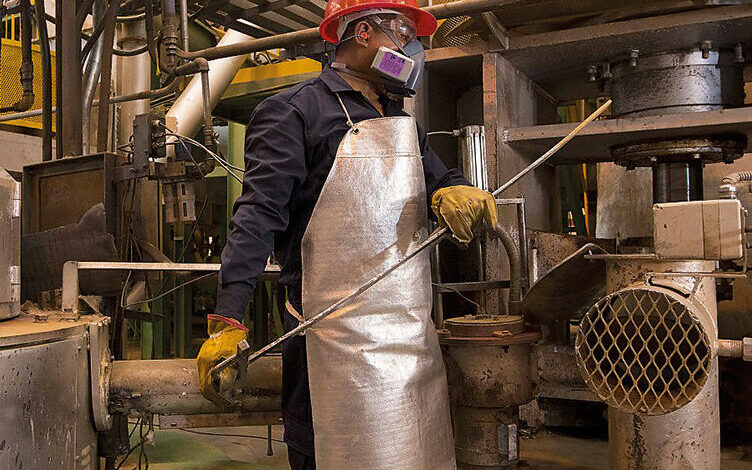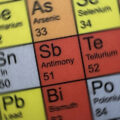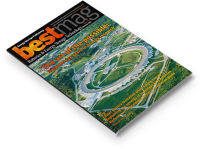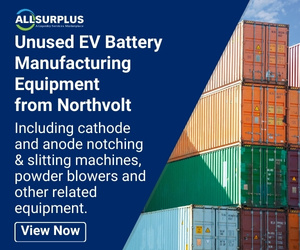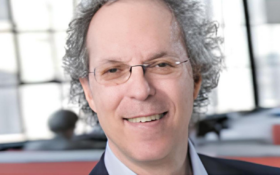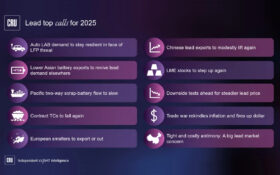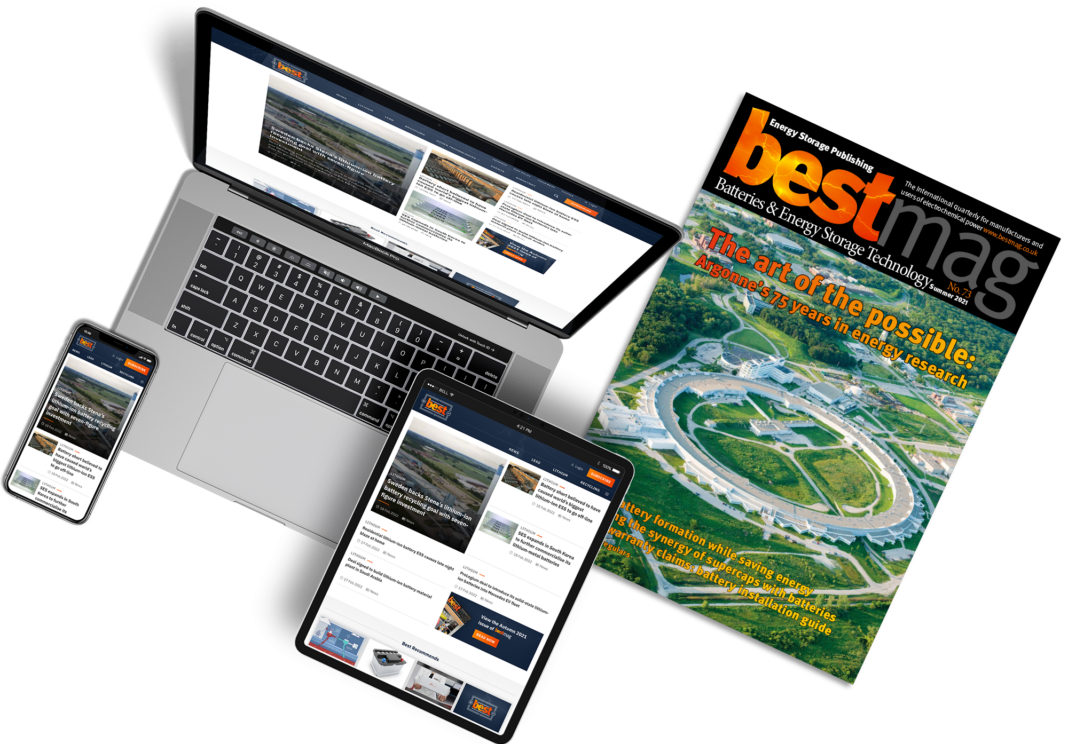Lead-acid batteries (LABs) are valued for their part in a circular economy. Nearly all the materials used in manufacturing them can be recycled into new batteries— a claim few other technologies can make. The global market continues to grow and is expected to do so for the forseeable future. But with growth come challenges.
Figures from the Industrial Technology Research Institute show about 65% of the global demand for LABs is for vehicles. The rest is mainly for industrial use and off grid renewable energy storage. Developing countries valuethem as a key enabling technology for the transfer and storing of energy. However, many of those countries do not have a formal reverse-logistics supply chain to collect used lead-acid batteries (ULABs) and transport them for controlled recycling. Therein lies the problem.
The Basel Convention Secretariat and United Nations Environment programme have for years championed the need for introducing global standards for LAB recycling. In December 2020 The Global Battery Alliance published their white paper, Consequences of a Mobile Future: Creating an Environmentally Conscious Life-Cycle for Lead-Acid Batteries, in collaboration with Pure Earth (formerly the Blacksmith Institute), the International Lead Association (ILA) and Responsible Battery Coalition. The main issue addressed, and recommendations made, were regarding the informal global recycling industry and its dire consequences for young children. When ULABs are recycled responsibly, with environmental, health and safety standards in place, the risk to health is controlled and minimised.
However, in low and middle income countries— and particularly when poverty is endemic and livelihoods limited— it’s often another matter entirely. ULABs are valued in these regions because they are recyclable, and informal recyclers can often get a good price for the lead. But, the processes used by the informal recycler have serious health consequences.
In the Summer 2019 issue of BEST we reported on Pb2019 in Madrid. Pertinent points were made by Steve Binks and Andy Bush of ILA who suggested the industry had dodged a ‘significant threat’ of suffering a regulatory blow that could jeopardise the industry. We had come perilously close to seeing a ban on LABs in Europe, when the Registration, Evaluation, Authorisation and Restriction of Chemical (REACH) proposals were put on hold by the European Commission.
Richard Fuller, founder and CEO of Pure Earth had also been asked to contribute at the conference and many in the industry were stunned at the bleak picture painted of the effects of unregulated recycling. He also welcomedthe ILA’s attitude in being prepared to ramp up efforts to tackle the problem.
More than a year on, has anything changed?
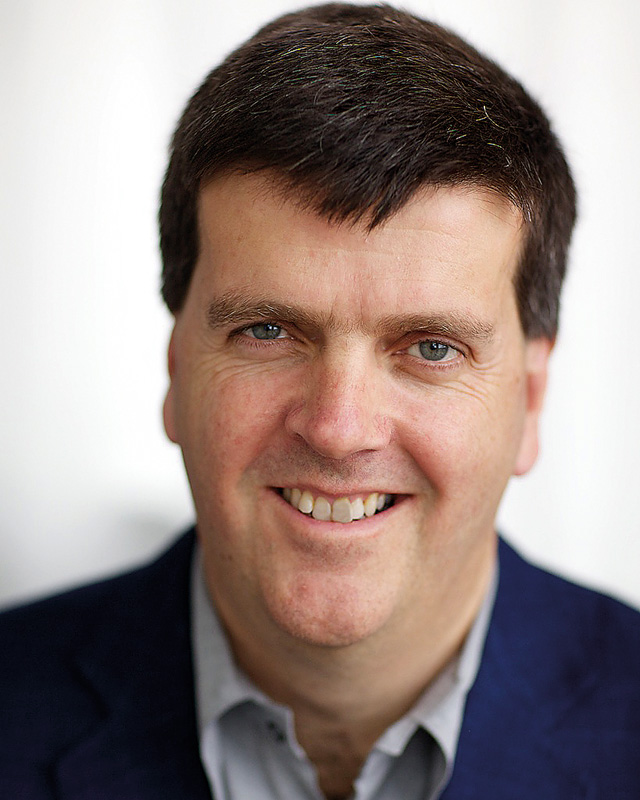
Back in September, at the European Lead Battery Conference (ELBC), BEST heard Richard Fuller (right) speak about the ‘Protecting Every Child’s Potential’ (PECP) initiative— a partnership between Pure Earth, UNICEF and the Clarios Foundation. BEST caught up with him and his colleagues— vice president of strategy and partnerships, Andrew McCartor and executive director of communications, Angela Bernhardt— to find out more.
The PECP initiative followed findings in The Toxic Truth Report, published in July 2020 by Pure Earth and UNICEF. The Toxic Truth uses data generated by the Institute of Health Metrics and Evaluation (IHME), as part of the Global Burden of Disease Analysis 2019. The World Bank also contributed to the report estimating childhood lead exposure costs lower- and middle-income countries almost $1 trillion due to lost economic potential of these children over their lifetime. The IHME is the global repository of health data for the world— where all our institutions go for a view of what diseases occur at what levels, in what countries, to what populations, in what age groups and what sex; what causes these diseases and what people die from.
The Toxic Truth Report concluded that lead poisoning is affecting children worldwide and on a scale previously unthinkable.
The cause: informal ‘recycling’
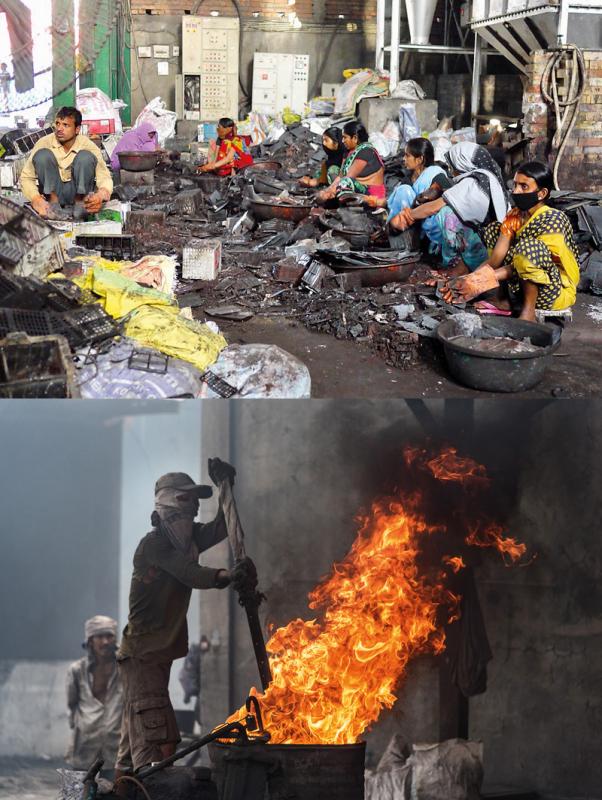
Lead-acid batteries are acknowledged as the most recycled product in the world, with 99% recyclability. Unfortunately the responsible and environmentally protective disciplines practiced and regulated in wealthier nations are not paralleled in poorer, developing nations.
Battery cases are smashed open with an axe and the electrolyte dumped on the ground. The lead plates are removed by hand. The separators are either dumped or burned. Lead plates are smelted in an open furnace, impurities scooped out and dumped, and the molten lead poured into moulds to be sold.
The toxic fumes and dust contaminate the surrounding area, which is usually not industrial. The process takes place mostly in residential back yards or rural areas with children playing on the ground nearby. (As we all know, children are far more likely than adults to touch their faces or mouths, and not wash their hands. Children under three are notorious for putting anything in their mouths.)
Some farmers have made the mistake of renting out part of their land to more ‘organised operations’ when climate change has affected the productivity of their crops, only to find their harvest contaminated and their children’s play areas polluted. Pure Earth estimates there may be more than 12 million informal (unsafe) ULAB recyclers, unknowingly contaminating themselves, their children and their communities.
So, what can and is being done about it?
Since their inception in 1999, Pure Earth has completed 110 environmental remediation projects in 27 countries. Their field-work, research and advocacy has raised awareness of all kinds of disease-causing pollution. They identify toxic hotspots and teach communities how to improve soil, air and water quality with cost-effective solutions. Pure Earth’s knowledge of lead has evolved over the last two decades, when looking at toxins around the world.
For the first 10 years Pure Earth just dealt with the sites they heard about. In 2010 they realised that they needed a more systematic approach to understanding the full picture and, for the last ten years, have been building a database of contaminated sites that they could use to prioritise their work. Their focus on lead was driven by the findings of that process.
McCartor explains: “We have now assessed 5,000 sites around the world. A third of them are contaminated with lead. It is the most common contaminant identified, and the vast majority are battery-recycling sites. You go back a decade, and paint was the only lead source anyone spoke of; but in all the countries we did work in, we realised that this is, by far, the most prevalent source of community-led contamination.”
Bernhardt added: “The findings coincided with the ability for people to buy cars and motorbikes in their countries. Purchases and ownership of vehicles in lower and middle income countries has tripled in the last 20 years. It is an unintended consequence of prosperity in these countries.”
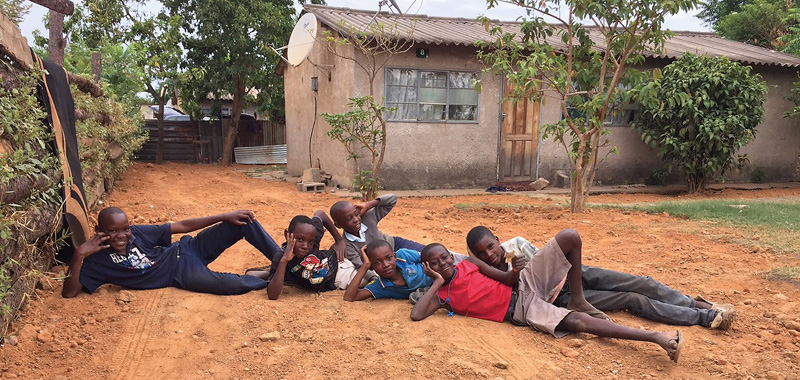
Success stories
Pure Earth does a lot of work to encourage smelters, government agencies and local champions and communities to work together. It has its challenges, but it can work really well, capitalising on local knowledge and networks; enabling practical responses within communities; and is inclusive of all site stakeholders.
Below are highlights of three of the many success stories. Full details can be found at: https://www.pureearth.org
Dong Mai Village, Vietnam— Contaminated by informal lead smelting. Blood tests carried out by the University of Washington in 2012 found 15 children with dangerous blood lead levels (BLLs) (≥65 ug/dl), 17 children at urgent levels (45–65 ug/dl), 70 children at overexposed levels (25–44 ug/dl) and 7 children at concerning levels (10–19 ug/dl). The CDC maintains a level of concern of 5 ug/dl. After clean up, children’s blood lead levels fell by an average of 72%.
Haina, Dominican Republic— Contaminated by an abandoned lead smelter. In March 1997, 116 children were surveyed, and again in August 1997, 146 children were surveyed. Mean blood lead concentrations were 71 µg/dL (range: 9–234 µg/dL) in March and 32 µg/dL (range: 6–130 µg/dL) in August. The study revealed that at least 28% of the children required immediate treatment and 5% showed lead levels >79 µg/dL were at risk for severe neurologic sequelae at the time of the study. After community education from 2006 to 2009 followed by remediation work in 2010, blood tests taken in September of the same year found an average BLL of 12.6 µg/dL (range 4-46 µg/dL). In 2014, 83 new blood samples were taken. An average BLL of 6.15 was found (range <3.2–18.6). Children’s blood lead levels had decreased by 79%.
Kathgora, Bangladesh— Contaminated by two abandoned, informal used lead-acid battery recycling operations. Tests of 75 children under age seven revealed BLLs exceeding 8 μg/dL, with the highest BLL exceeding 47 μg/dL. After clean up, children’s blood lead levels fell by an average of 9.1 μg/dL— a 42% reduction.
More Preventable Solutions
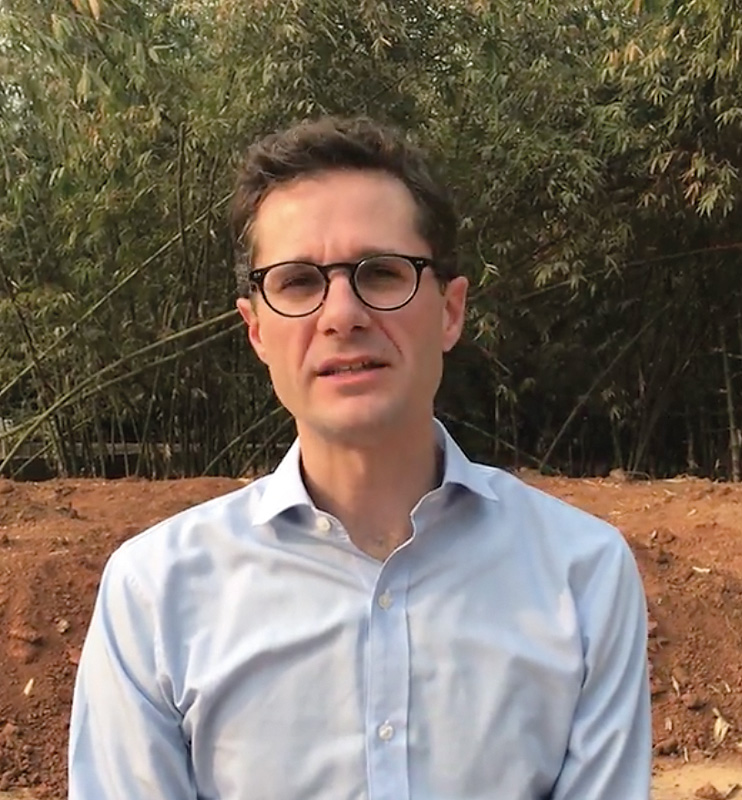
Clearly what is needed is to control the movement of ULABs, and especially to where scrap lead may be sent. How do we improve the processes of some formal-sector smelters so they do not pollute, and how do we shift the flow of used batteries away from the informal sector and facilitate the increase of capacity to the formal sector? McCartor told BEST that one of the big challenges is that the informal sector is able to pay more for used batteries than the formal sector— so they get more volume. This is not surprising as they don’t have the overheads, pay taxes, or have specialised equipment.
He went on to say that there are a few potential economic tools to allow the formal sector to bid more for pallets of batteries. Of these, two stand out as quite hopeful:
The first is eliminating the goods and services tax on the purchase of ULABs, as a formal sector recycler has to pay this and an informal recycler (being informal) does not, which gives the price advantage to the informal sector
The second would be a ‘Green Fee’— a small tax on the import of new batteries. In this instance, the government would collect a small fee, which would be placed in a designated fund, from which, once the formal sector recycler can prove they have purchased and safely recycled that LAB, the formal recycler would be credited with this amount. The aim is to allow them to pay more for used batteries and make the same profit margin
“The rest of the interventions all hang around this,” said McCartor. “But shifting the economics is key to everything else. Once you can do this, you need suitable regulations and enforcement of those regulations— which is often a challenge in lower and middle income countries.
“A lot of environmental agencies responsible have not got the specialist training in the technologies of each of the industries over which they have jurisdiction: they may regulate 200 industries. So, most have no idea of the battery-smelting process.
“Pure Earth does a lot of technical training for government agencies and community public awareness campaigns. Once they realise the extent of the issue, government responses tend to be punitive, but an appropriate structure is needed first. It can become a ‘Whack-a-Mole’ game— where one site is closed down so they pop up elsewhere— and then there is another contaminated site.
“Our first message to government is, ‘don’t go play Whack-a-Mole with all these sites’. Regulatory enforcement is an important tool but it’s so much later in the game. You need an economic structure first, and after that business subsides you can go play Whack-a-Mole with the rest of them, because of course, an informal smelter is illegal. Then after all that you get to clean up.”
Site clean up
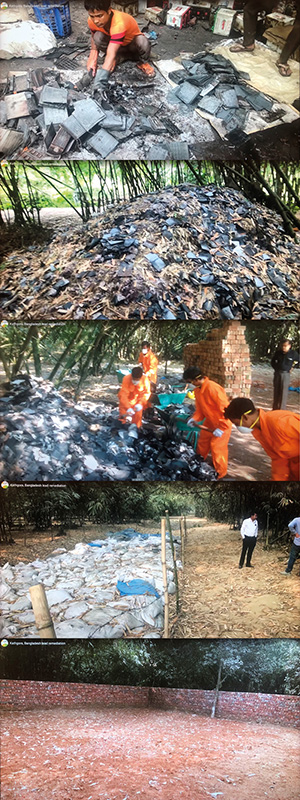
Pure Earth works with governments and trained investigators to identify communities where severe contamination is taking place. They then design and implement a remediation strategy tailored to the specifics of the site in question.
McCartor said: “In Bangladesh there are 1-2,000 sites that need to be remediated. There they have the regulations to classify hazardous waste but they don’t have hazardous waste landfills. So your options with what to do with this material are limited.
“We use what the EPA use in the US, which is encapsulation— bury it on site, in clay, with some kind of visible, permeable, but impenetrable, material so it may not be dug up. A membrane is placed on top, then good, clean soil. We try to bury it under something that’s not going to move.
“In Bangladesh we did a clean up project and we learned that right next to our site, a convenience store was being built, so we said, ‘hold up, let us bury this material— safely— under your convenience store’.
“Fortunately, the lead from batteries is not super water-soluble, so it sits in the top inch of soil and it’s pretty easy to scrape away and there is not much in the way of ground water contamination.”
As far as remediating the contaminated soil itself, McCartor said: “There is usually not enough concentration to make it worth putting it into a furnace, but phosphate can be added to the soil to make the lead less bio-available.”
Pure Earth said they would be interested in other potential forms of soil remediation, but they would need to be both commercially viable and not reliant on too much power.
Alternative livelihoods for ex-informal smelters?
“In the countries taking this on, we expect to see the formal sector recyclers cannibalise the informal sector and divert supply from the crude operations who are actually doing the smelting,” said McCartor.
“Other informal smelters can move into the collection and scrap-dealing business building on the network they have. In a country that does not have a formal reverse-logistics supply chain to collect and transport ULABs, informal traders and collectors provide a valuable service.
“We don’t yet have programmes to transition livelihoods and will be working with partner organisations and the lead industry to develop these solutions. We hope this will be addressed through the PECP Initiative.”
Protecting Every Child’s Potential
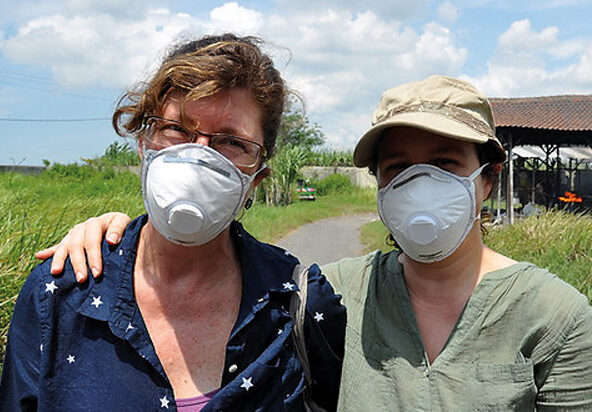 The collaborative platform that PECP offers— by bringing together the promotion of health, welfare and rights via UNICEF, and the experience and expertise of Clarios on safe manufacture and recycling of LABs— makes possible the up-scaling of the proven fieldwork Pure Earth has previously done. This is good news all round. BEST asked how things were going?
The collaborative platform that PECP offers— by bringing together the promotion of health, welfare and rights via UNICEF, and the experience and expertise of Clarios on safe manufacture and recycling of LABs— makes possible the up-scaling of the proven fieldwork Pure Earth has previously done. This is good news all round. BEST asked how things were going?
“We are in the ramping up period, getting staff capacity in place in the five countries,” said Fuller. “The teams just finished the initial country scoping analyses so Pure Earth, UNICEF and all the stakeholders involved— the universe of people working on lead— all have a similar foundation of knowledge.
“What are the known sources in this country? How many children do we think are affected? What are the average blood lead levels? What other projects and government initiatives are going on currently?
“With the country assessments complete, we are moving on to programme planning. The kick-off of real, concrete field activities starts in 2021, all slowed by COVID-19 of course, but the desk work is being done so everything is ready to roll.”
The Future
The task is monumental, but not insurmountable. What is needed is a global response of collaborative effort from private, public and non-profit sectors— businesses, governments, communities, advocates and investors working together. Many businesses will have transferrable skills or technologies that could be adapted. Others will be able to offer investment and/or commit to advocacy.
Adam Muellerweiss, chief sustainability officer, Clarios said, the data was clear and the solutions to this issue were known. Every day batteries around the world are safely collected, transported and recycled. This is what Clarios do, and they invite others to join them to help protect the health and potential of every child.
Fuller concluded: “Our team has a long history of sucessfully remediating and restoring contaminated sites across the world. Working with the Clarios Foundation and UNICEF to scale these efforts is exciting, but our three organisations are just the beginning. We need others with a diverse set of expertise to develop additional systemic solutions to this issue.”
BEST’s technical editor comments
The lead-acid battery has been a major asset to human progress. It has been, and will be in the future, an enabling technology to raise the living standards of mankind. However, as with many other technologies it uses materials that need to be handled carefully.
Whilst the LAB industry is rightly proud of its products’ recyclability, it is also well aware that the lead metal is a harmful, even poisonous substance. Because of this, it operates with strict control of exposure and emissions in its lead and battery production facilities. However, outside of the well-controlled environment of the regulated industry, there are practices in many low- and middle-income countries where LABs are recycled without basic safety precautions.
As a result, Pure Earth report that shocking levels of lead in blood (up to 234 μg/dl) have been found in children, living at or near one of these informal sites. This is not a problem that will go away by itself. And whilst we have to recognise the socio-economic factors leading to these practices, the lead-acid battery industry, with its experience and expertise has a significant role to play in this matter.
BEST will explore this topic in greater depth in upcoming editions. The intention is to highlight the work already being done, and what contribution the lead battery and lead recycling industries can make towards rectifying the present situation.


